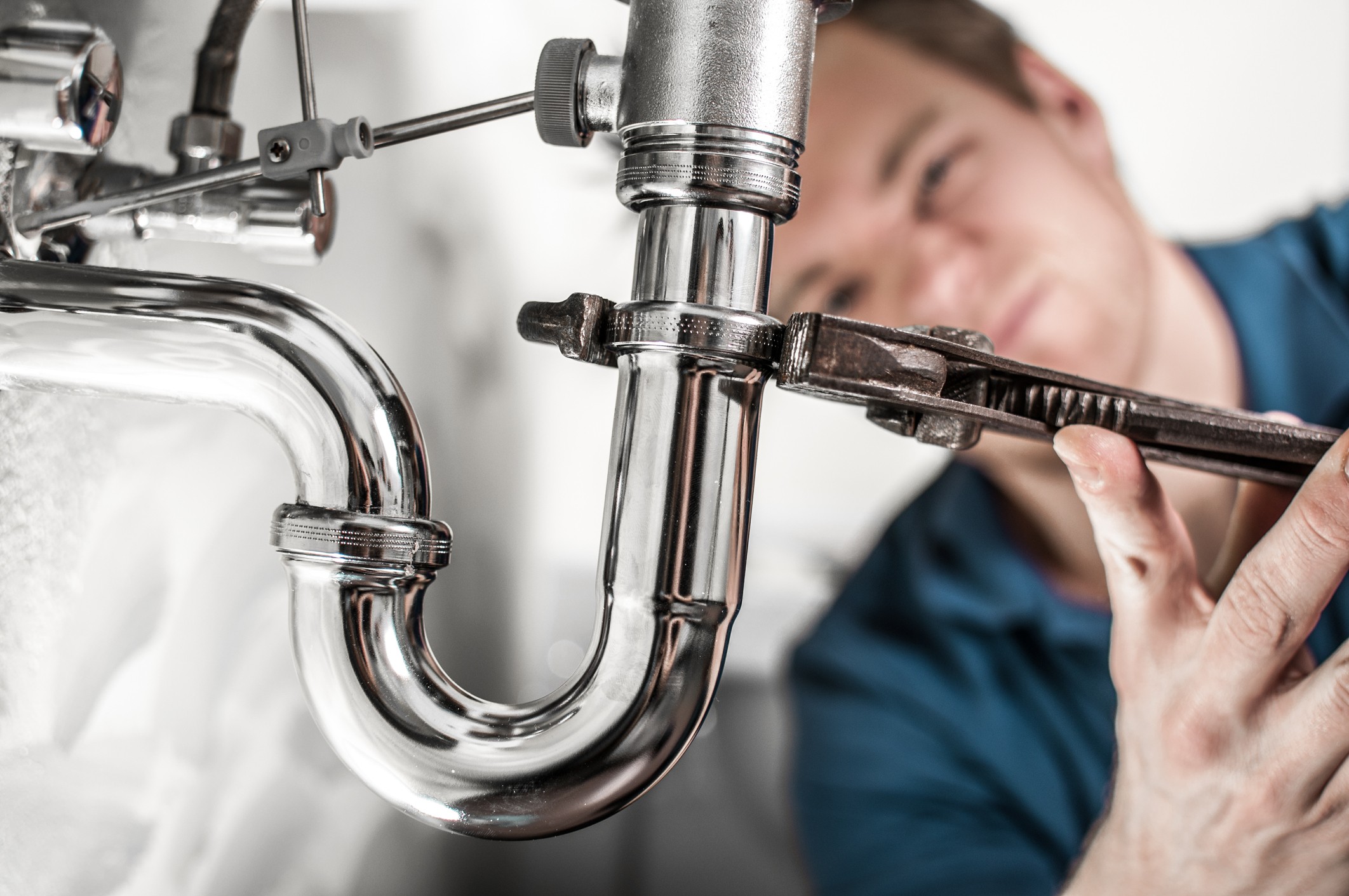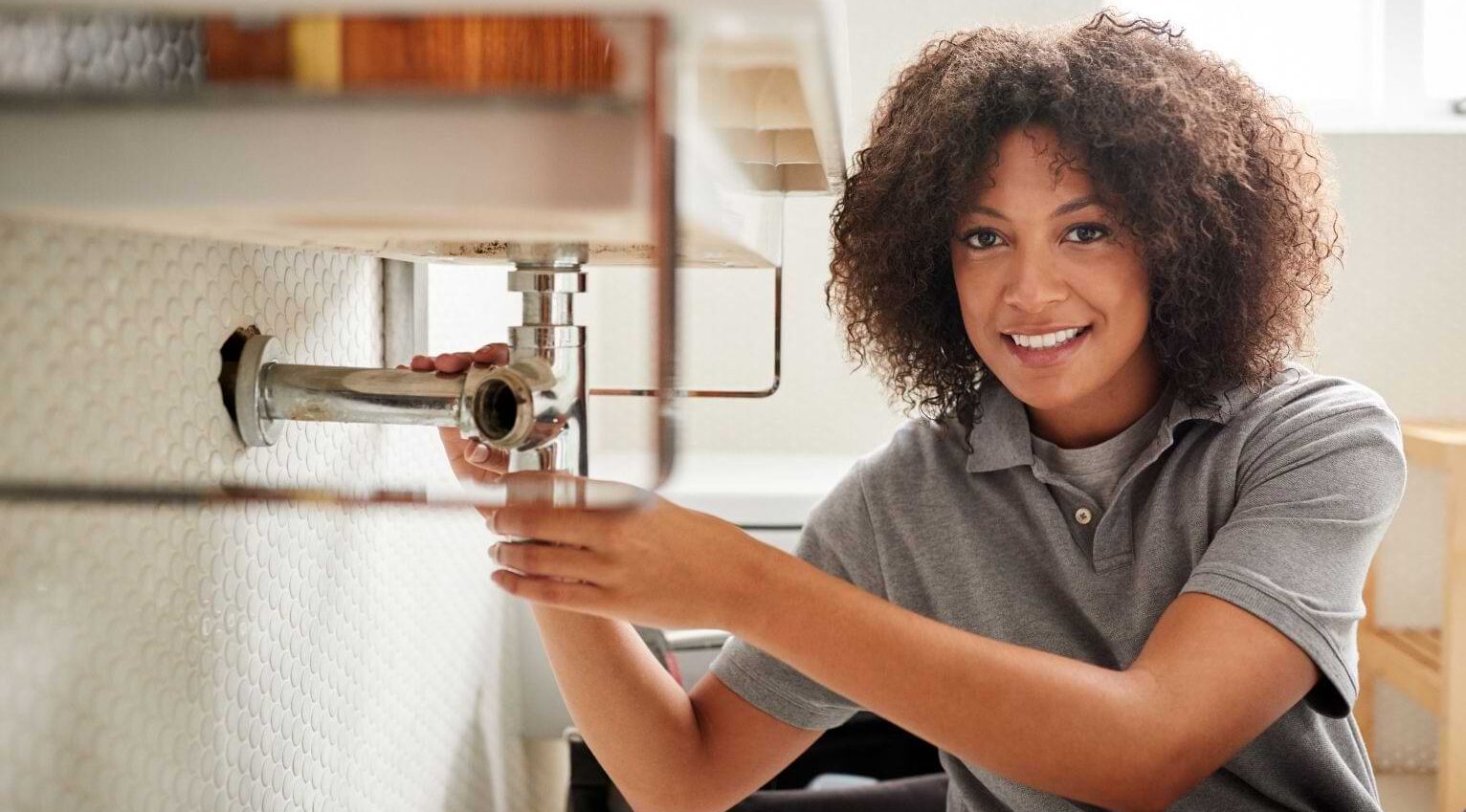Top Quality Water Heater Installation Alabaster AL for Ideal Convenience
Top Quality Water Heater Installation Alabaster AL for Ideal Convenience
Blog Article
A Step-by-Step Guide to Efficient Hot Water Heater Installment for Optimum Efficiency
Getting started on the task of setting up a water heating system is a venture that requires accuracy and a systematic strategy for accomplishing optimum performance. As you proceed, the ins and outs of attaching water supply lines and setting up trustworthy electric or gas connections wait for, encouraging insights into making sure performance and reliability.
Selecting the Right Hot Water Heater

Next, think about the dimension and ability of the water heater. It's important to examine your house's warm water requirements, which can differ based upon the variety of owners and their usage patterns. An unit that's too little may cause not enough warm water, while an oversized design may lead to unnecessary energy usage.
Effectiveness scores likewise play a crucial function in option. Seek hot water heater with high Power Variable (EF) rankings, showing superior performance and reduced power use. Tankless versions, though generally more pricey upfront, offer substantial power financial savings with time as a result of their on-demand home heating abilities.
Preparing the Installation Location
Before mounting a new water heating system, meticulous preparation of the installment area is necessary. It's critical to gauge the area meticulously to suit the water heater's dimensions, making certain adequate clearance around the unit for efficient operation and servicing.
Next, get rid of any particles, dirt, or blockages from the site to produce a clean environment. Inspect the floor for security, as the hot water heater will need a solid, level surface to operate successfully. If essential, install a drip pan beneath the system to capture potential leaks or spills, stopping water damages to the surrounding location. In areas susceptible to seismic task, take into consideration mounting seismic bands to safeguard the heating system securely in position.
Furthermore, make sure that all necessary tools and products get on hand prior to starting the installment. This consists of things such as wrenches, screwdrivers, a level, and any added equipment required for placing and protecting the heating unit. A well-prepared installation area establishes the structure for an effective water heating unit setup, enhancing performance and safety and security.
Connecting Water Lines
When linking supply of water lines to your newly mounted water heater, it is crucial to make sure that all connections are safe and secure and leak-free to keep reliable operation and stop water damage. Begin by recognizing the chilly and warm water lines. The chilly water inlet is generally marked with a blue tag or a "C", while the warm water outlet is marked with a red tag or an "H".
Use flexible hot water heater ports to facilitate a less complicated installation procedure. These ports can absorb resonance and enable for small movement, lowering Recommended Site the danger of leaks. Prior to attaching the ports, position a plumbing technician's tape around the threaded ends of the water heater's inlet and outlet pipelines - Plumbing Services Alabaster AL. This tape functions as a sealant, protecting against leaks. Carefully attach the flexible hose pipes to the corresponding inlet and outlet, ensuring that they are tight but not over-tightened, which could damage the strings.
When connections remain in location, slowly switch on the major supply of water valve. Check each link for leakages by aesthetically feeling and inspecting for dampness. Tighten up links as necessary, and ensure the pressure alleviation valve is read more properly set up, securing versus too much pressure build-up.
Setting Up Electrical or Gas Links
Appropriately setting up the electric or gas connections for your water heater is a crucial action to guarantee safe and reliable procedure. For electric water heating systems, start by verifying that the electric circuit is compatible with the heating system's voltage and amperage requirements.
For gas water heating units, safety and security is critical. Attach the gas line to the water heater utilizing a versatile gas adapter, ensuring it is correctly threaded and secured with pipeline joint compound or Teflon tape appropriate for gas links.
When connections are made, check for any kind of potential leaks. For gas lines, use a soapy water remedy to the joints; bubbles show a leak. For electrical connections, verify that all wiring is safe and effectively insulated, maintaining compliance with regional electric codes.
Readjusting and testing for Efficiency
With the electrical and gas connections safely in area, the following action is reviewing the functional performance of your water heating system. Begin by carefully activating the water supply and ensuring there are no leaks at any one of the valves or joints. When verified, continue to load the storage tank, focusing on the stress and temperature settings. It is recommended to set the thermostat to a recommended temperature level of around 120 ° F(49 ° C) to stabilize power effectiveness and comfort.
Next, execute an extensive evaluation to ensure the burner or gas burners are functioning properly. For electric heating reference systems, make use of a multimeter to confirm if the elements are attracting the suitable existing. In gas designs, observe the burner fire; it ought to be blue and steady, suggesting effective burning.
Change the settings as needed to eliminate inadequacies. Think about implementing insulation procedures, such as adding a hot water heater blanket, to additionally enhance efficiency by reducing warmth loss. Furthermore, examine the anode rod's condition, as a scrubby pole can decrease performance and result in container corrosion.
Final Thought
Reliable water heater installment is critical for guaranteeing ideal performance and power cost savings. By picking the proper type and dimension, and carefully preparing the setup location, a foundation for success is established. Safely attaching water lines and thoroughly establishing electrical or gas connections lessen possible concerns. Thorough screening for leakages and precise thermostat adjustments to 120 ° F boost dependability and performance. Sticking to these steps advertises long-term performance and power conservation in domestic water heating systems.

Effectively setting up the electrical or gas connections for your water heater is a vital action to make certain secure and efficient operation. For electrical water heating units, start by verifying that the electrical circuit is compatible with the heater's voltage and amperage requirements. Connect the gas line to the water heater using a flexible gas connector, ensuring it is properly threaded and sealed with pipeline joint substance or Teflon tape ideal for gas links.
Report this page